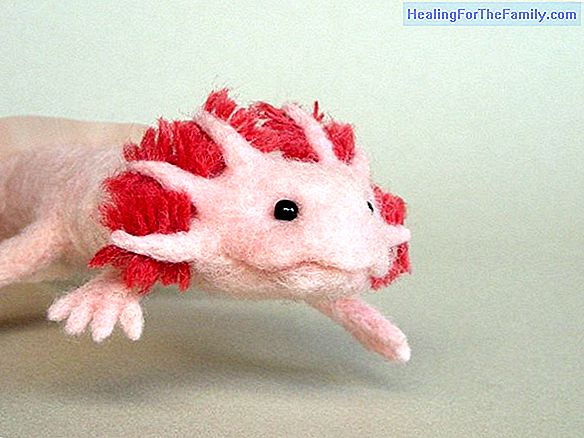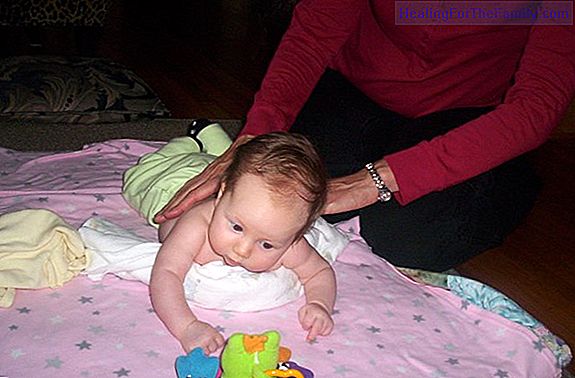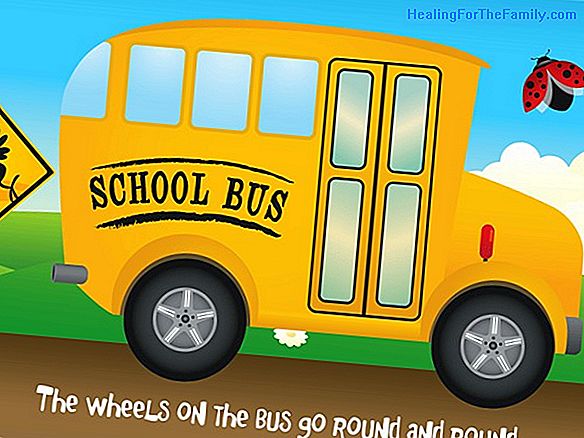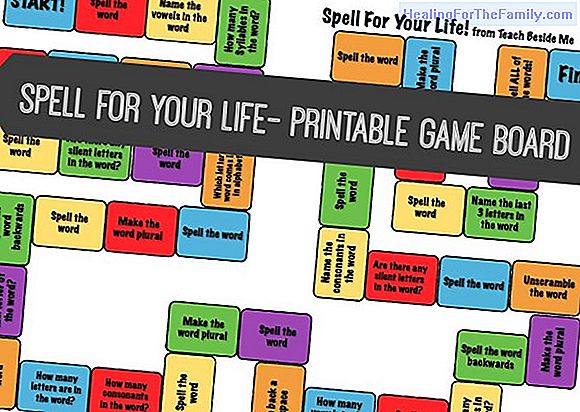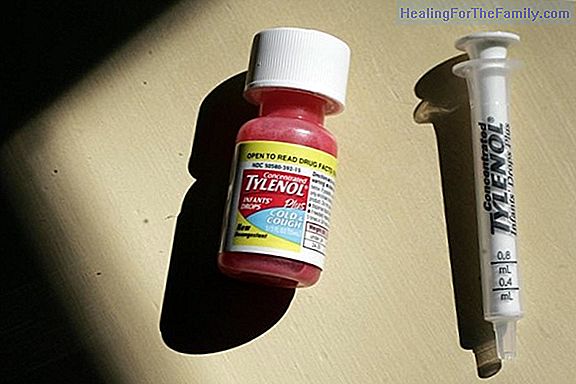Hepatitis in children
Hepatitis in children is an inflammation of the liver. It is caused by viruses, but also by other factors such as bacteria, drugs and toxic agents. Of all viral hepatitis, the most frequent is hepatitis A, although there are also viruses of type B, C, D, E and G. Their initial clinical manifestation
Hepatitis in children is an inflammation of the liver. It is caused by viruses, but also by other factors such as bacteria, drugs and toxic agents. Of all viral hepatitis, the most frequent is hepatitis A, although there are also viruses of type B, C, D, E and G. Their initial clinical manifestations can be very similar, but the evolution varies depending on the virus that causes the disease .
To prevent children from contracting viral hepatitis, it is necessary to maintain good hygiene habits and avoid overcrowded and unhealthy conditions. Be especially careful when traveling to areas where sanitary conditions are poor and the water quality is suspicious. all when drinking or swimming, avoid eating seafood or fish from water contaminated with sewage, wash your hands thoroughly after using the toilet and before meals and if a member of your family contracts hepatitis, use disinfectants to clean the toilets, toilets, urinals or wedges that person has used.
Hepatitis A in children
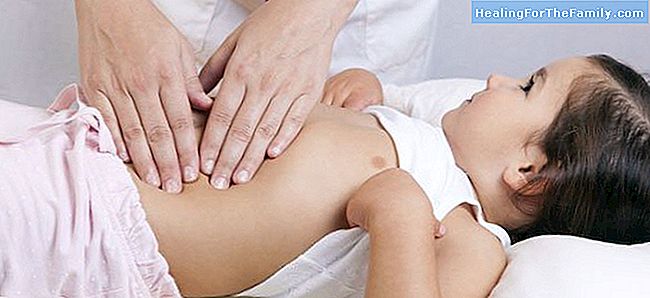
In children, the most frequent form of hepatitis is hepatitis A (also called infectious hepatitis). This type of hepatitis is caused by the hepatitis A virus (HAV), which is found in the feces of infected people. Infected stools can be present in small amounts in food and objects (from a door handle to a baby's diapers).
Symptoms. Hepatitis A in children initially presents with nausea, vomiting, malaise and fever. Abdominal pain, dark coloration of the urine, whitish stools, jaundice (yellow discoloration) can also occur in both conjunctiva and oral mucosa. General discomfort decreases with jaundice.
Contagious. Hepatitis A is spread through the faecal-oral route, that is, through contaminated food and water. Through water, milk and contaminated food, especially seafood
Diagnosis. Some laboratory tests such as liver function tests (bilirubins and transaminases), clotting times and glucose can detect it.
Treatment. There is no specific treatment, but all types of medications, especially analgesics and to control fever, should be avoided. Fats and irritants should be avoided to reduce gastrointestinal symptoms.
Prevention. The easiest way to prevent hepatitis A in children is through childhood vaccination. The hepatitis A vaccine is recommended at 2 years of age. Tamibén has a combined hepatitis A and B vaccine that can be administered without major complications in adulthood when there was a vaccine in childhood.
To avoid contagion in the case of hepatitis A, care should be taken with personal hygiene, hand washing and when preparing food. Avoid contact with any object potentially contaminated with fecal matter. The prognosis is generally very good, 95 percent of patients with hepatitis A recover without any sequelae.
Hepatitis B in children and babies
Hepatitis B (also called serum hepatitis) is caused by the hepatitis B virus (HBV).
Symptoms.HBV can cause a wide range of symptoms, from general malaise to chronic liver disease that, in the long run, can lead to liver cancer.
Contagious.Through infected body fluids, such as blood, saliva, semen, vaginal secretions, tears, and urine. And also by transfusions of contaminated blood, by sharing needles or infected syringes, by having sex with a person infected with HBV or by the transmission of a newborn by their infected mother.
The hepatitis B virus can be transmitted to babies by a member of the family. The most common is that it occurs in the form of subclinical infection, when a family member or another adult carrier of the virus has frequent contact with the child. The infection can occur in an unobvious way (for example, if the adult has a small cut in the hand and the child has cracked skin by eczema).
Prevention. The hepatitis B vaccine is included in the national immunization record of many countries, it is the Pentavalent vaccine, which is applied at 2,4, and 6 months, The American Academy of Pediatrics recommends putting the Hepatitis B vaccine at newborn child, at month and at 6 months of age.
The prognosis of hepatitis B is good and complications such as chronic hepatitis, fulminating or cirrhosis are found in approximately 10 percent of patients.
Hepatitis C in children
Cases of hepatitis C are rarer and less numerous in children.
Contagious. Hepatitis C is transmitted through direct contact with the blood of an infected person.
Symptoms. The symptoms caused by the hepatitis C virus can be very similar to those caused by the hepatitis A and B viruses. However, infection with the hepatitis C virus virus can lead, in the long run, to a Chronic liver disease and is the main reason for liver transplantation.
Contagious.By sharing needles and syringes, by getting tattoos or piercings with non-sterilized instruments, by blood transfusions, by the transmission of a newborn by his infected mother and through sexual intercourse (although it is a means of contagion) less usual).
Hepatitis C is also a common risk in dialysis centers. People who live with a hepatitis C patient can rarely be infected by sharing items that may contain the patient's blood, such as razors or toothbrushes.
Diagnosis.All these viral forms of hepatitis can be diagnosed and your treatment can be monitored through reliable and easily accessible blood tests.





